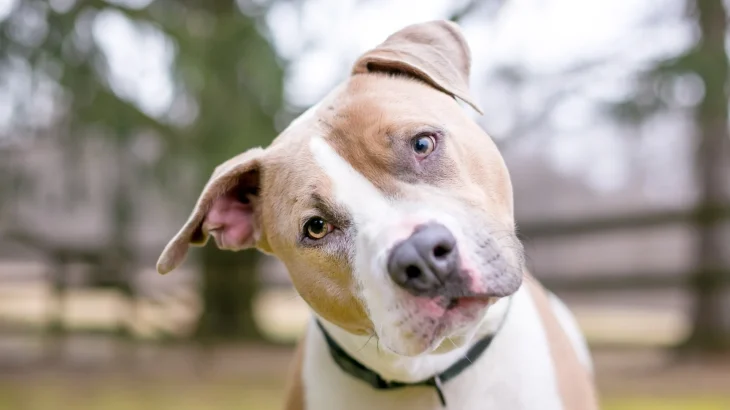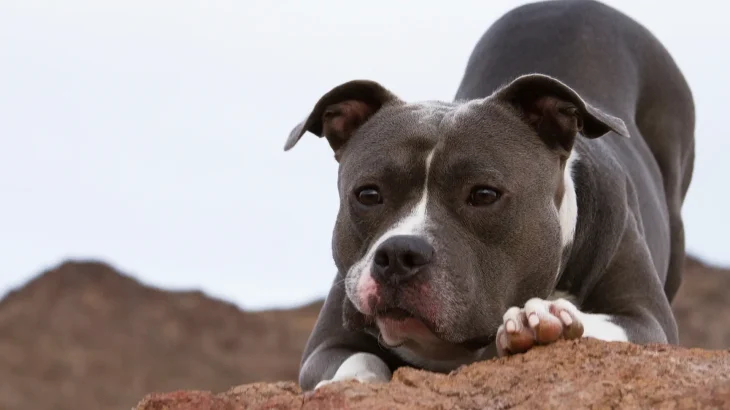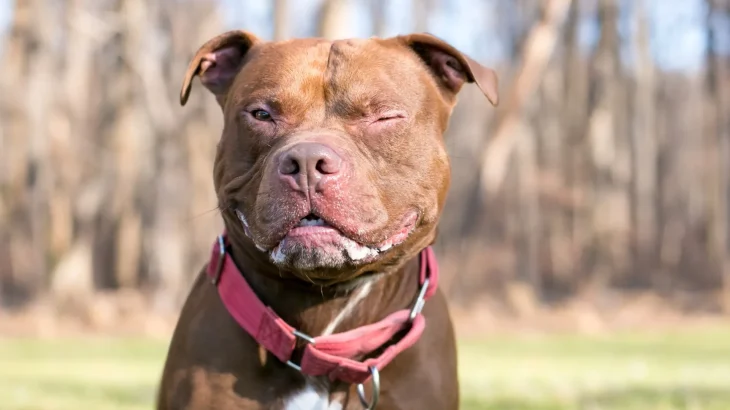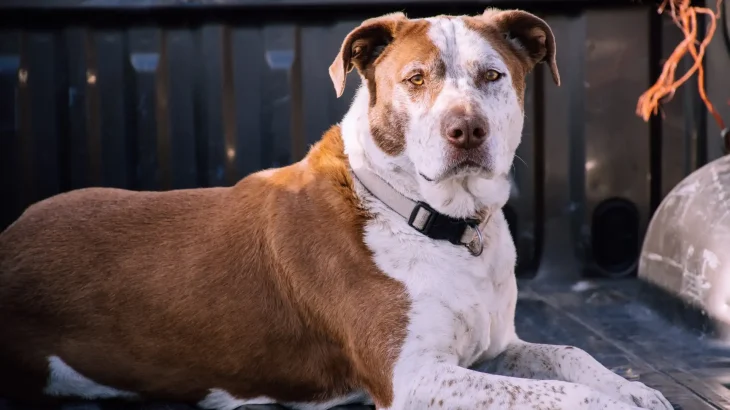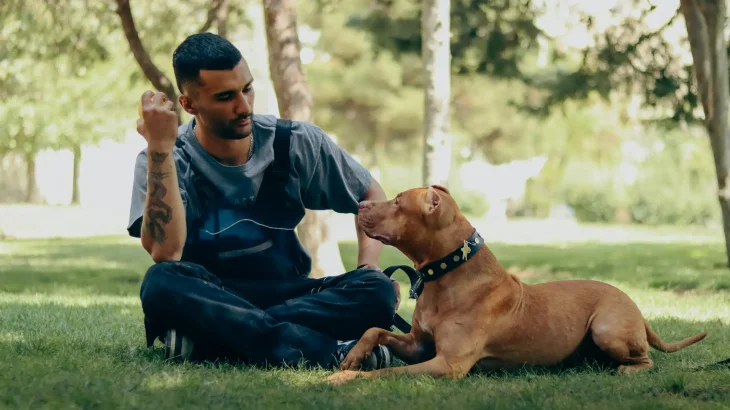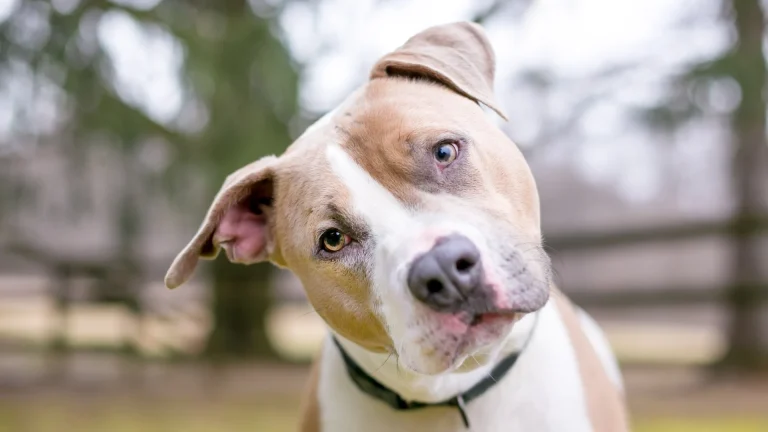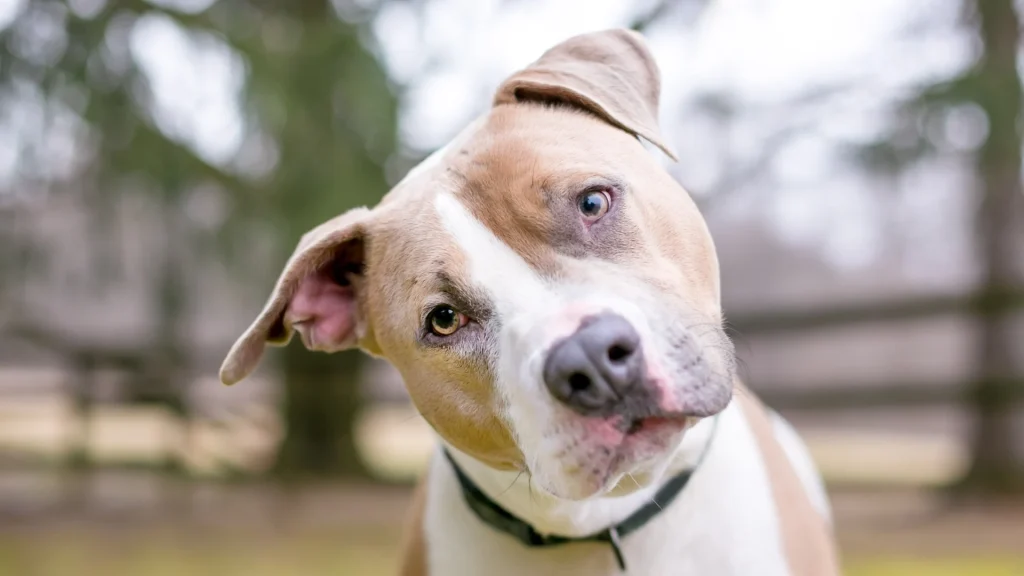Deciding whether to adopt or buy a Pit Bull Terrier puppy depends on your priorities regarding cost, health information, and ethical considerations. While purchasing from a breeder may offer more background on genetics and lineage, adopting gives a chance to provide a home to a dog in need, often at a lower cost. Each path has unique benefits and potential challenges worth weighing carefully.
Adoption vs. Breeder: Pros & Cons
| Criteria | Buying from Breeder | Adopting from Shelter/Rescue |
|---|---|---|
| Cost | Higher initial cost, often $800-$2,000 or more, reflecting pedigree and breeder overhead. | Lower adoption fees, typically $50-$300, often including vaccinations and spay/neuter. |
| Health History | Usually provides detailed health records and genetic testing results. | Health background may be unknown or limited; basic health checks typically done. |
| Age Availability | Mostly puppies, allowing early-life training and bonding. | Variety of ages from puppies to adults and seniors. |
| Temperament Insight | Breeders often share temperament traits based on lineage and early behavior. | Staff can provide observations, but full behavior history may be unclear. |
| Supporting Practices | Supports responsible breeding if breeder is ethical; important to research thoroughly. | Supports animal welfare by reducing shelter populations and rescuing at-risk dogs. |
| Ethical Considerations | Risk of supporting unethical breeding if not careful; responsible breeders help maintain breed standards. | Adoption helps alleviate homeless pet crisis and sometimes rescue dogs from difficult situations. |

